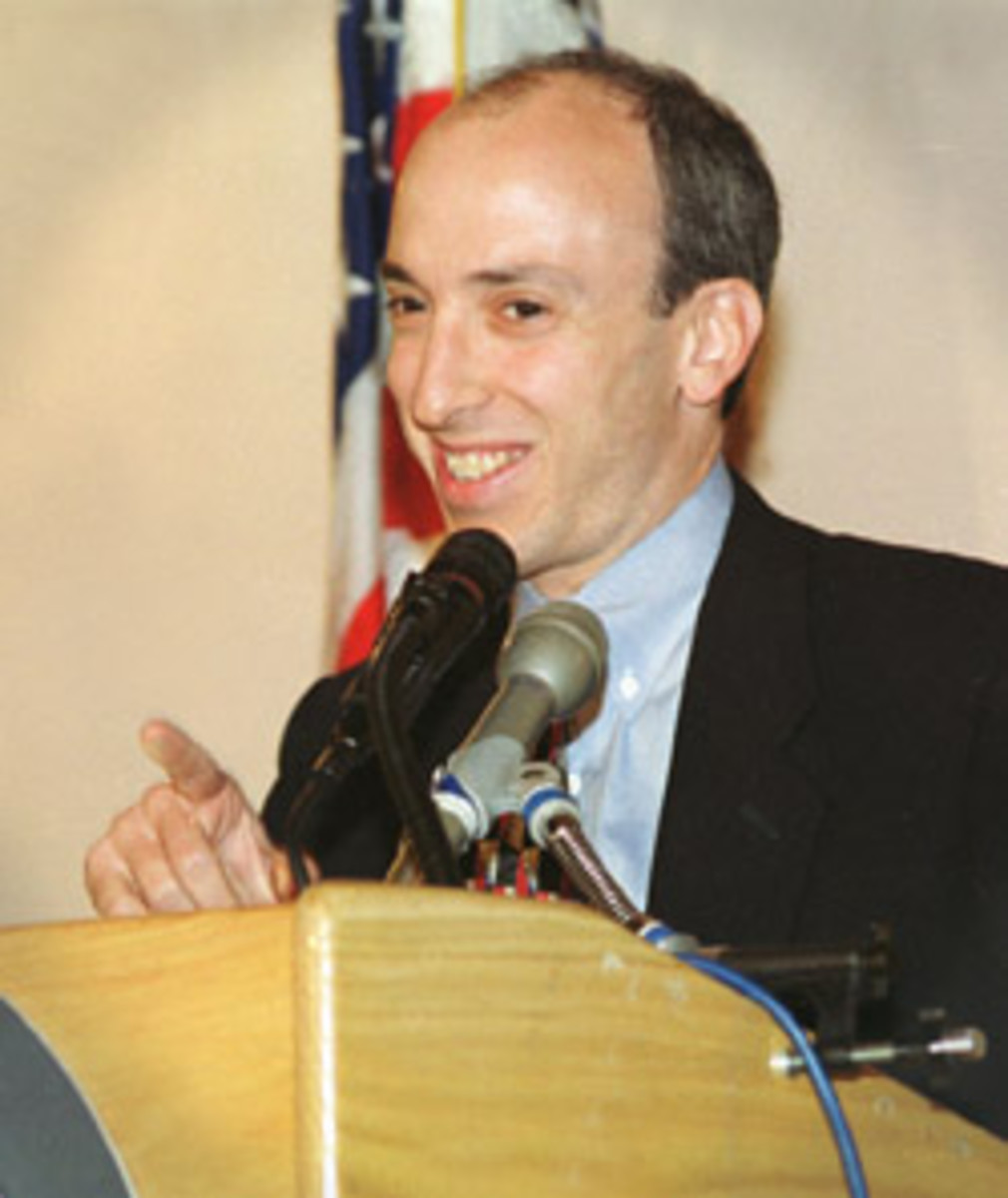For Allison Brown, a nationally recognized trial lawyer who is a partner with Skadden in New York, the past year and a half has led to scenarios no one could have imagined before the pandemic.
Her first virtual jury trial was out of Alameda County, California, during a wildfire crisis. “There were rolling blackouts,” Brown said. “Some people participated from their cars because they had no power.”
Not exactly ideal conditions, but given the backlog of cases faced by most courts, to shut down for the duration of the national emergency wasn’t an option. People have a right to their day in court.
“I certainly appreciate that courts are trying to innovate and I appreciate the pressure on the system,” Brown said.
Of course, litigation practice has probably undergone more dramatic changes than any other field of law.
“Everything is in flux,” said Zoe Salzman, an experienced trial attorney with Emery Celli Brinckerhoff Abady Ward & Maazel LLP in New York who recently led the Current Trial Issues in Federal Civil Practice panel for the Practicing Law Institute. “We are constantly changing to our new normal.”
Salzman said that when the lockdowns first happened in March 2020, “litigation in New York fell to a standstill for a couple months.”
Federal courts adapted first, Salzman said, followed more slowly by state courts. For the last year, her firm’s litigation practice has been almost entirely remote.
“I would say at least 90 percent of our practice, if not more, has switched to virtual or phone. That’s talking about a firm that was in court almost every day of the week before the pandemic.”
Brown said she was about to begin trial in upstate when the courts shut down. Her first virtual trial did not get underway until October 2020.
“They had to get the technology up and running and put the wheels in motion to make this work.”
Judges who tried to power through their cases had to bow to reality. Lauren Aguiar, a partner with Skadden in New York who works in complex litigation — and serves as the faculty chairperson for PLI’s annual program on federal civil practice — said she had a trial in federal court last year with a judge who wanted pretrial motions argued in-person.
“But enough people were uncomfortable that he had to walk it back,” she said. “The situation has been so fluid the judges have continually had to change their plans.”
Virtual Trials
Eventually, virtual trials happened. Aguiar described a conference room set-up at her firm, where she saw her partner Allison Brown “at the podium in her full lawyer gear under these bright lights. It looked like a television studio, with a massive wall-sized screen.”
The screen held about 12 different video boxes. “Everyone was there,” Aguiar said. “The judge, jury, court reporter, witnesses, and attorneys.”
While it’s fortunate that such technology exists, Brown said it “remains a challenge. I think trying a civil case virtually is not ideal for anyone. Not for jurors, for parties, or witnesses. It’s tough to connect with people in that format.”
After Brown’s second virtual jury trial, her team interviewed the jurors. Technical delays were their biggest complaint.
“One witness in my second trial had a terrible echo, the plaintiffs’ witness,” Brown said. “This delayed us for an hour and a half. We tried moving the witness to another room, troubleshooting on the fly. It’s hard on the juries.”
Virtual trials also raise the likelihood of distraction, Brown explained.
“One juror had to be dismissed early on. He had another screen and it looked like he was playing video games,” she said.
Salzman also noted the difficulty of keeping the jury’s attention.
“Practitioners and judges need to be mindful about how many witnesses they really have to call, how many breaks they should have, how they can make the presentation interesting,” she said.
In addition, virtual trials lose some of the gravitas of in-person proceedings.
“A certain ceremony attends going into a court house,” Salzman said. “A judge is sitting there in a robe up on the high bench. There are lawyers in suits. Everyone is in a formal room, everyone stands when the judge enters. All this conveys to the jurors how important their civic duty is.”
Unfortunately, courts sometimes have no choice but to proceed virtually. Salzman pointed to a case that involved voting rights in the U.S. District Court for the Eastern District of New York.
“The judge had to proceed because the election was coming,” she said. “We also had an extensive preliminary injunction hearing on conditions in prison during the pandemic. Again, a time-sensitive issue.”
Generally speaking, she said, New York judges are “prioritizing the criminal cases because of speedy trial rights not at issue in civil cases.”
The Efficiencies of a Hybrid System
While virtual jury trials may be characterized as making the best of a bad situation, some proceedings are better off remote than live.
“One thing I think the pandemic has taught us is that making some portion of the early jury selection process remote led to more efficient ways to do things,” Brown said.
Salzman agreed. “There’s a lot to be said for preliminary voir dire being done virtually rather than filling the courtroom with 100 potential jurors,” she said. “A lot of people are simply unable to serve and are quickly dismissed. Virtual screening makes sense. It’s much less burdensome on prospective jurors.”
The efficacy only goes so far, however. Brown and Salzman both think in-person proceedings might still be best for final jury selection.
“At the end of the day, seeing your potential jurors, seeing them all together, noticing things like what book they are carrying, is helpful,” Salzman said. “You miss that with virtual.”
Some proceedings lose nothing in the translation, however, like routine meetings. Thanks to the now widespread use of remote technology, trial attorneys can spend a lot less time on planes and trains and in cars.
“Even as we recover from the pandemic and things continue to stabilize, everyone is hoping some of the efficiencies we’ve gained can be maintained,” Salzman said. “For example, going down to court for a status conference or a compliance conference . . . can move to phone or video by default.”
In this way, “judges don’t waste time waiting for lawyers to show up, the lawyers can be there at the right time and only devote the time for the actual proceeding,” Salzman said. “The system works well and it’s good for clients.”
Brown also thinks some portions of the switch to virtual should and will continue after the pandemic.
“The days are over of flying across the country for an expert meeting. It’s a terrific thing for parents. That kind of mindless travel is a thing of the past. I think even some depositions, minor depositions, can be done remotely,” she said.
Aguiar finds it interesting that the transition to virtual proceedings, even where they made sense, moved along slowly until the pandemic.
“We went from being an industry that eschewed virtual proceedings to one that completely embraced them,” she said. Before the pandemic, “if you were working on a case where a judge was having a status conference in Phoenix, you would fly there from New York instead of asking the judge if you could attend remotely. If you asked, you’d been seen as not fully participating or not serious about the case.”
Salzman said that if she had to predict, “I would guess that trials and hearings are more likely to go back to being in-person and more routine conferences and limited arguments on motions will go on virtually.”
Given that the country is mired in another wave of Covid-19 courtesy of the Delta variant, jurisdictions are still weighing what’s best for all parties, with some opening courtrooms again. Brown just completed her first in-person trial since the pandemic, in Bellville, Illinois.
“We did voir dire in masks. Every juror had to be vaccinated,” she said. “It was a very welcome experience to connect with people and jurors live.”
Elizabeth M. Bennett was a business reporter who moved into legal journalism when she covered the Delaware courts, a beat that inspired her to go to law school. After a few years as a practicing attorney in the Philadelphia region, she decamped to the Pacific Northwest and returned to freelance reporting and editing.
 Staci Zaretsky is a senior editor at Above the Law, where she’s worked since 2011. She’d love to hear from you, so please feel free to email her with any tips, questions, comments, or critiques. You can follow her on Twitter or connect with her on LinkedIn.
Staci Zaretsky is a senior editor at Above the Law, where she’s worked since 2011. She’d love to hear from you, so please feel free to email her with any tips, questions, comments, or critiques. You can follow her on Twitter or connect with her on LinkedIn.




 Kathryn Rubino is a Senior Editor at Above the Law, host of
Kathryn Rubino is a Senior Editor at Above the Law, host of 









 Chris Williams became a social media manager and assistant editor for Above the Law in June 2021. Prior to joining the staff, he moonlighted as a minor Memelord™ in the Facebook group
Chris Williams became a social media manager and assistant editor for Above the Law in June 2021. Prior to joining the staff, he moonlighted as a minor Memelord™ in the Facebook group 
